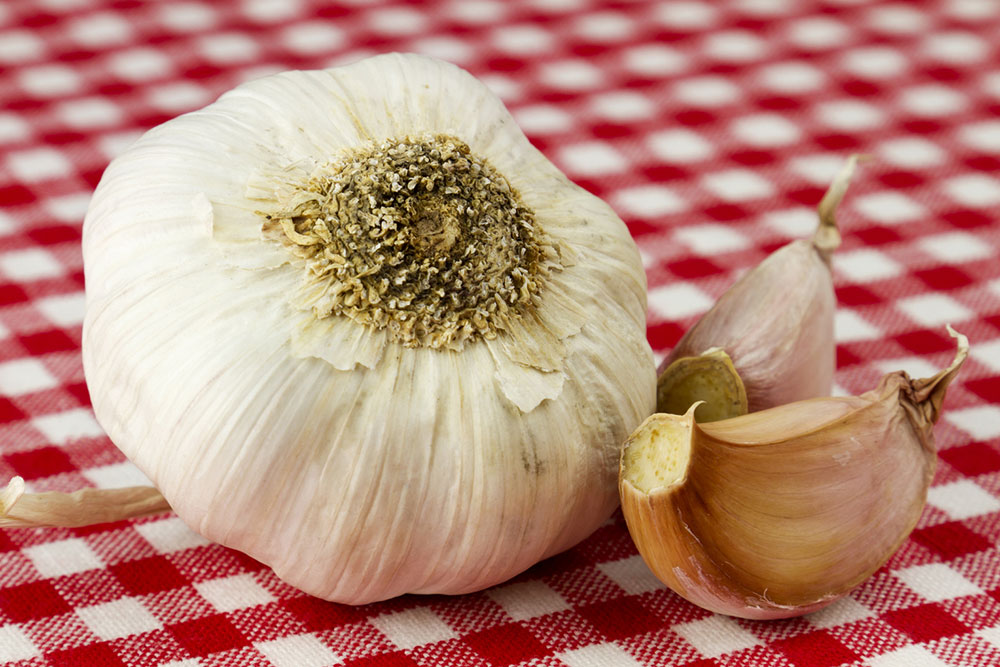5 foods that may worsen bad breath

Halitosis, or bad breath in layperson’s terms, affects millions worldwide and can be socially embarrassing. Understanding the cause behind the issue can help fight it. While poor oral hygiene and underlying health issues are often responsible for this unpleasant odor, certain foods can also exacerbate the symptoms. This quick post elaborates on a few everyday foods that may worsen bad breath and explores an easy way to help combat the problem.
Garlic
Garlic is known for its potent flavor and numerous health benefits but is notorious for causing bad breath. The pungent bulb contains sulfur compounds, including allyl methyl sulfide (AMS), which are absorbed into the bloodstream and expelled through the lungs and skin, leading to bad breath. While consuming garlic in moderation may not be problematic, excessive intake can worsen halitosis symptoms. Chewing sugarless mint gum after eating garlic can provide temporary relief.
Cheese
Cheese lovers may be surprised to learn that their favorite dairy product can be a double-edged sword when it comes to bad breath. Cheese is rich in proteins. As proteins break down in the mouth, they become a feast for bacteria. These bacteria produce volatile sulfur compounds, resulting in unpleasant odors.
Canned tuna
Canned tuna, a convenient source of protein for many, can also contribute to halitosis. Like other seafood, tuna contains amino acids, such as cysteine, that can break down into sulfur compounds when consumed. These compounds can produce an odor similar to that of rotten eggs.
Coffee
Many drink coffee to kickstart their day, not knowing that this beloved beverage can contribute to bad breath. Coffee is acidic and can dry out the mouth, reducing saliva production. Dry mouth is a breeding ground for odor-causing bacteria, making it a prime contributor to halitosis symptoms. Furthermore, the strong aroma of coffee can linger in the mouth, potentially masking underlying halitosis issues.
Horseradish
Horseradish is a popular condiment known for its pungent flavor and the ability to clear blocked sinuses. However, its strong taste comes from sulfur compounds that can contribute to bad breath. These compounds are released when the condiment is chewed or broken down. They can linger in the mouth, giving rise to an unpleasant odor.
Chewing sugarless mint gum is one way to deal with halitosis. Firstly, mint gum can provide immediate relief by masking bad breath with its refreshing minty flavor. Additionally, it can stimulate saliva production, helping wash away bacteria and neutralize odors. Opting for sugarless gum is crucial because sugar can feed the bacteria in the mouth and worsen bad breath.
While certain foods can exacerbate halitosis, maintaining good oral hygiene and drinking adequate water throughout the day can be valuable tools in combating the problem.